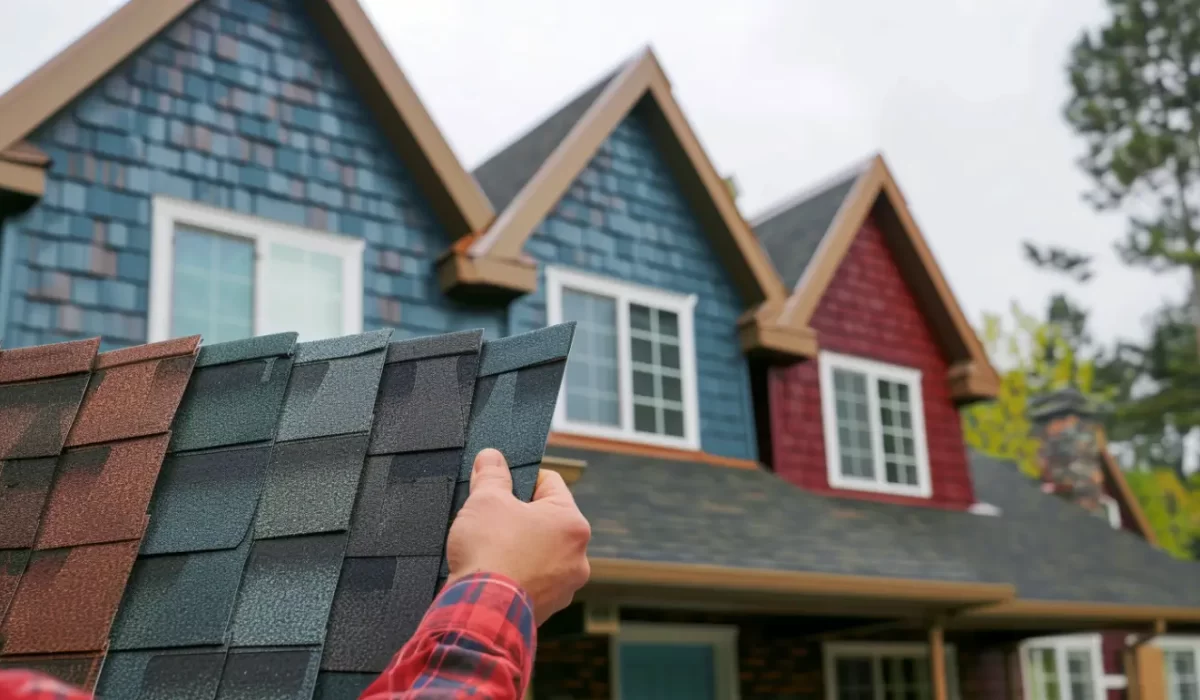Making informed decisions regarding roofing upgrades within a homeowners association can significantly influence property values and community standards. Engaging with HOA regulations and understanding roofing materials, such as those offered by Fontaine Roofing in Orange County, CA, not only enhances the aesthetic appeal of homes but also addresses maintenance responsibilities and potential legal action. By presenting a compelling case for upgrades, residents can effectively advocate for energy efficiency and curb appeal while fostering a cooperative atmosphere among board members and homeowners. Being well-prepared sets the stage for productive discussions in HOA meetings.
Understanding HOA Roofing Upgrade Proposals
In the context of an HOA community, roofing upgrade proposals must align with established governing documents and community standards. Homeowners should familiarize themselves with specific HOA regulations and architectural guidelines that dictate permissible roofing materials and styles. Presenting a compelling case for a roof replacement involves addressing relevant concerns regarding aesthetics, property values, and long-term maintenance responsibilities. This clarity will not only facilitate thoughtful discussions in HOA meetings but also ensure compliance with any legal requirements associated with proposed upgrades.
Contact Us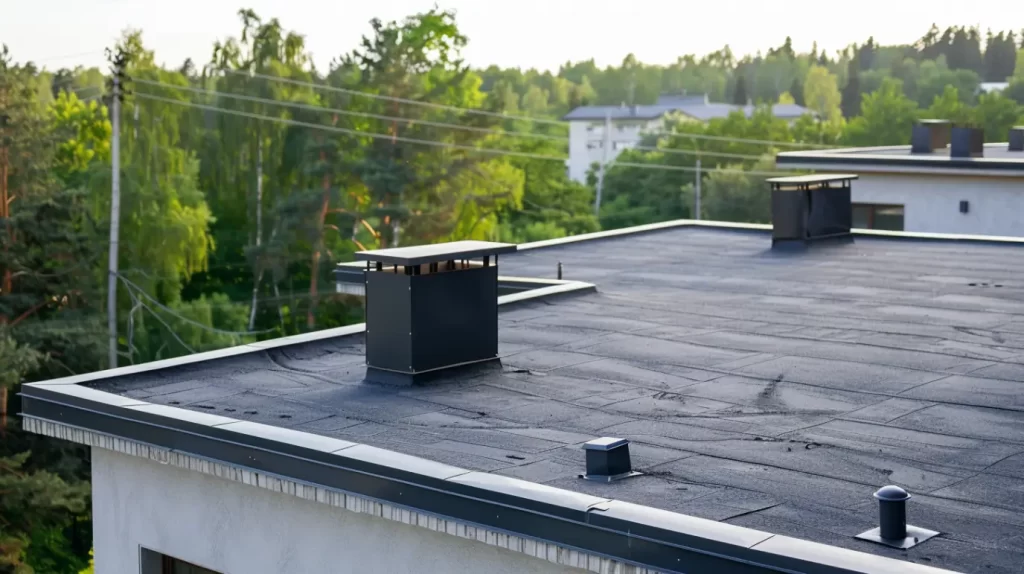
Common Reasons for Roofing Upgrades in Orange County, CA
A multitude of factors often necessitates roofing upgrades in Orange County, CA. The influence of local climate can lead to accelerated wear on materials such as asphalt shingles or metal roofing, ultimately compromising energy efficiency. Deteriorating roofs can significantly detract from curb appeal, negatively impacting property values within the HOA community. Additionally, the need for emergency repairs can arise from weather-related damage, compelling property managers to prioritize roof replacements to maintain community standards and ensure the safety of residents.
Impact of Aging Roofs on Property Value and Safety
The condition of aging roofs directly influences property values and overall safety within an HOA community. Deteriorating roofing can lead to significant issues, including leaks and structural damage, ultimately resulting in costly emergency repairs. Potential homebuyers often perceive an aging roof as a red flag due to regular wear, impacting curb appeal and diminishing marketability. Additionally, safety hazards are heightened, as compromised roofing may fail to meet building codes and HOA regulations, risking legal action and increased assessments for maintenance responsibilities among homeowners.
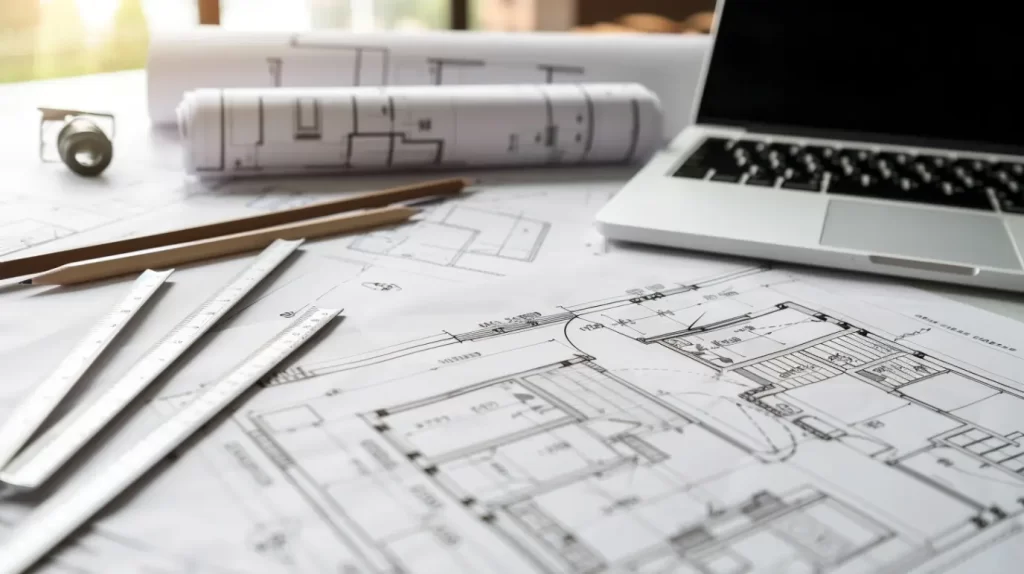
Preparing to Present Your Case at an HOA Meeting
Demonstrating thorough preparation is crucial when presenting your roofing upgrade case at an HOA meeting. Gather essential documents, including inspection reports and maintenance records, to substantiate your claims. Partnering with esteemed contractors, like Fontaine Roofing, enhances credibility while ensuring compliance with HOA regulations. Focus on how these upgrades will positively impact property values and curb appeal, addressing any potential concerns upfront. Clear, direct communication with board members fosters a collaborative environment for discussion, allowing for an engaging and productive meeting.
Gathering Essential Documents and Inspection Reports
Effective preparation begins with gathering all essential documents and inspection reports relevant to your roofing upgrades. These should include current inspection findings, past maintenance records, and photographs illustrating the roof’s condition. Ensure your data complies with HOA regulations, as this will strengthen your case and facilitate transparent communication during meetings. Additionally, collating estimates from reputable roofing contractors can provide a comprehensive overview of potential upgrades, addressing community concerns about costs while showcasing the long-term benefits of investing in quality roofing materials.
Partnering with Award-Winning Contractors Like Fontaine Roofing
Partnering with award-winning contractors like Fontaine Roofing ensures roofing upgrades meet community standards and aesthetics. As a GAF Master Elite Contractor and CertainTeed Shingle Master, we are committed to excellence. Our Polyglass Preferred Contractor status and FiberTite approval showcase our expertise in high-quality materials, including metal roofing and asphalt shingles. We adeptly handle HOA regulations and compliance requirements. Our TRI certification and memberships in CACM, CAI, and NRCA bolster our credibility. Collaborating with trusted contractors enables homeowners to advocate for upgrades confidently, reducing risks of legal issues or unexpected costs from non-compliance.

Cost-Benefit Analysis for Roofing Upgrades
A comprehensive cost-benefit analysis plays a pivotal role in justifying roofing upgrades in an HOA setting. By calculating prospective long-term savings on repairs and energy efficiency, homeowners can demonstrate the financial advantages of investing in new roofing materials. Emphasizing reduced maintenance responsibilities and potential boosts in property values fosters a strong case. Addressing common concerns regarding monthly dues and unexpected costs ensures transparency, allowing board members and homeowners to make informed decisions that align with community standards and expectations.
Calculating Long-Term Savings on Repairs and Energy Efficiency
Investing in modern roofing solutions, such as an asphalt shingle roof, can yield significant long-term savings for homeowners. Enhanced energy efficiency from upgraded materials directly contributes to reduced utility bills, minimizing the financial burden on residents. Additionally, fewer emergency repairs and upkeep associated with aging roofs lead to cost savings over time. By selecting durable options, such as metal roofing or high-quality asphalt shingles, residents can effectively boost property values while maintaining aesthetic appeal in compliance with HOA regulations. This proactive approach safeguards against unexpected costs in the future.
Managing Cost Concerns in HOA Communities
Concerns regarding fees and special assessments are common in HOA discussions, especially when contemplating roofing upgrades. Transparent communication about the cost structure can alleviate anxiety among homeowners. Highlighting the long-term savings from enhanced energy efficiency and reduced maintenance can position the investment favorably. Providing detailed financial projections that illustrate how monthly dues may minimize unexpected costs is crucial. Ultimately, presenting a comprehensive understanding of the reserve fund and its role in managing these expenses reinforces trust and supports a compelling case for the proposed upgrades.
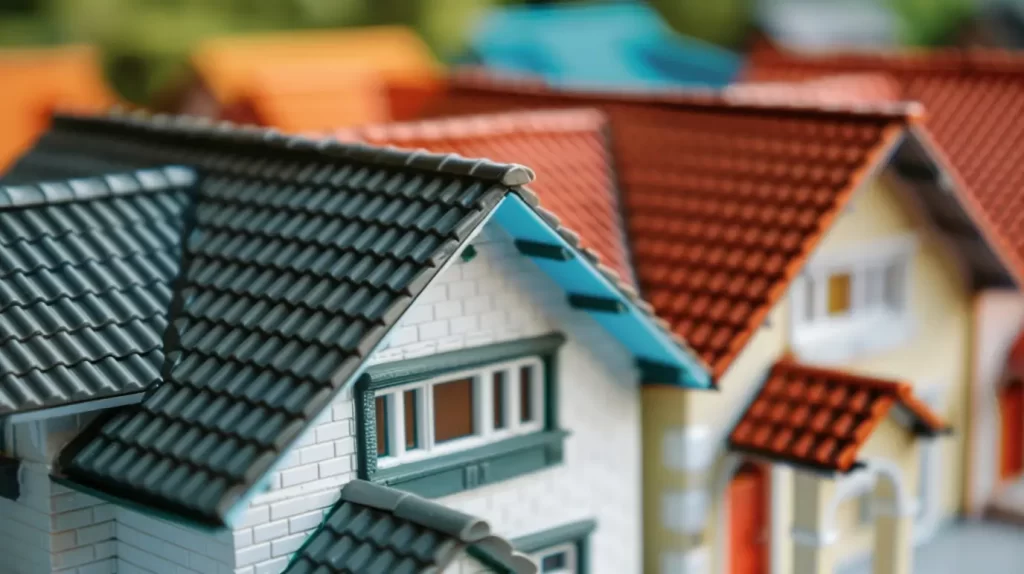
Navigating HOA Guidelines and Approval Processes
Understanding the intricate HOA guidelines and approval processes, including even seemingly minor repairs, is essential for a seamless roofing upgrade. Familiarity with governing documents, CC&Rs, and compliance requirements will strengthen your proposal and ensure alignment with community standards. Engaging with board members and property managers can streamline direct communication, helping to address common concerns while adhering to HOA regulations. Moreover, presenting well-organized information can cultivate support from your neighbors, showcasing the benefits of upgrades such as enhanced curb appeal and increased property values.
Navigating CC&Rs and Roofing Permit Rules
Covenants, Conditions, and Restrictions (CC&Rs) play a crucial role in guiding homeowners associations. These governing documents outline the compliance standards necessary for roofing upgrades, ensuring any changes align with established architectural guidelines. Securing the appropriate permits is equally essential; it demonstrates adherence to state laws and community standards related to the common area. Full compliance not only reinforces property values but also fosters a cooperative atmosphere within the HOA, mitigating potential disputes over unauthorized modifications and ensuring that all homeowners can maintain their desired aesthetic appeal.
Winning Over Boards and Communities
Demonstrating the long-term benefits of roofing upgrades can significantly influence HOA board members and the community. Emphasize how improved roofing materials, like metal roofing and asphalt shingles, enhance curb appeal and are aligned with community standards. Present data showing how modern roofs contribute to energy efficiency, ultimately reducing monthly dues through savings on emergency repairs. Engage in direct communication with members, addressing common concerns and utilizing testimonials from reputable roofing contractors to build a compelling case for support.
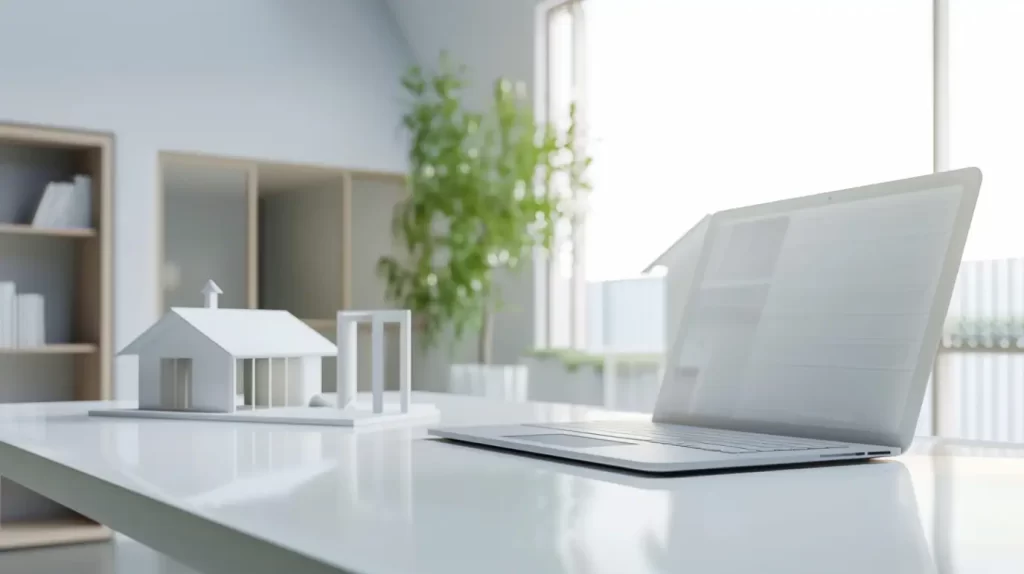
Addressing Common HOA Concerns
Addressing concerns about architectural aesthetics requires a clear understanding of the HOA’s guidelines and community standards. Providing visual aids or examples of successfully integrated roofing upgrades can enhance your argument. Countering myths surrounding modern roofing materials, particularly regarding their longevity and energy efficiency, is crucial. Highlight the potential for increased curb appeal and property values that come from improved roofing solutions. This focused approach fosters direct communication, ensuring that all homeowner perspectives are considered during discussions, ultimately leading to a successful resolution.
Balancing Architecture with Aesthetics
Addressing architectural and aesthetic concerns effectively requires a solid understanding of the HOA’s governing documents. Highlight the importance of compliance with community standards while advocating for modern roofing materials, like a metal roof or energy-efficient asphalt shingles. Demonstrating how these options can enhance curb appeal and boost property values is essential. A well-supported case showing that aesthetic upgrades align with HOA regulations can mitigate resistance, fostering direct communication with board members and other homeowners about the long-term benefits of a roof replacement.
Debunking Myths About Modern Roofing
Modern roofing materials often face misconceptions, primarily regarding cost and durability. Many believe that options like metal roofing are prohibitively expensive; however, the long-term savings in maintenance and energy efficiency can outweigh initial investments. Additionally, these materials are designed to enhance aesthetic appeal and curb appeal, aligning with the architectural style of your home and community standards. Contrary to claims of poor performance, advancements in roofing technology ensure resistance to harsh weather, thereby safeguarding property values and minimizing unexpected repair costs. Educating homeowners on these facts can alleviate common concerns.
What’s Next
To effectively present the case for roofing upgrades within an HOA, a strategic approach is essential. Emphasizing community benefits and compliance with governing documents is key. Homeowners can address concerns and dispel myths about roofing materials through thorough documentation and direct communication with board members. Companies like Fontaine Roofing in Orange County, CA, can assist in this property management process. Upgrades not only enhance curb appeal but also increase property values and energy efficiency, benefiting the entire HOA community. For more information on how we can help, contact us.
Read our blog: When It’s Time to Replace Roofs in Older Communities
Frequently Asked Questions
What happens if I replace my roof without HOA approval?
Replacing your roof without HOA rules approval can lead to significant consequences, including potential fines and mandatory removal of the non-compliant roof. Additionally, the HOA may require you to revert to approved materials or designs, which could incur further costs and delays.
Is a new roof considered a building improvement?
Yes, a new roof is typically considered a building improvement as it enhances structural integrity, increases energy efficiency, and may elevate property value. It often requires permits and adherence to local HOA guidelines, making it essential to present its benefits effectively during discussions.

